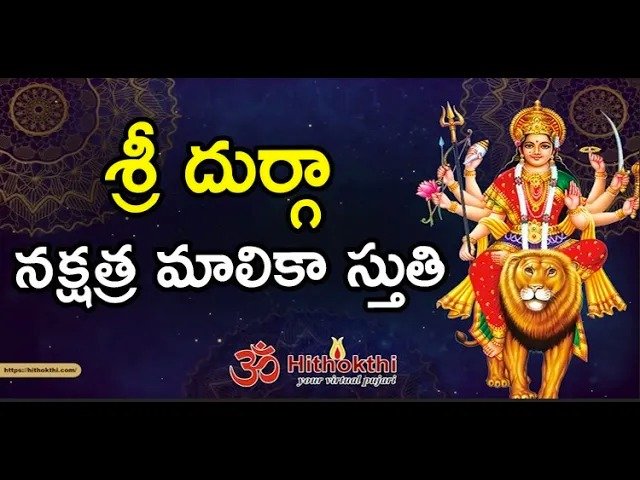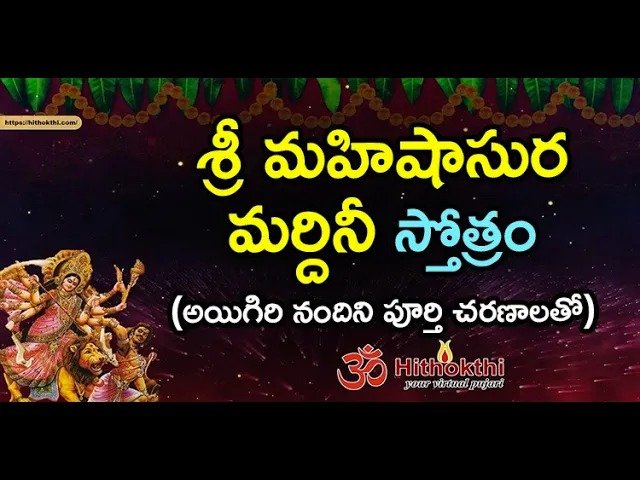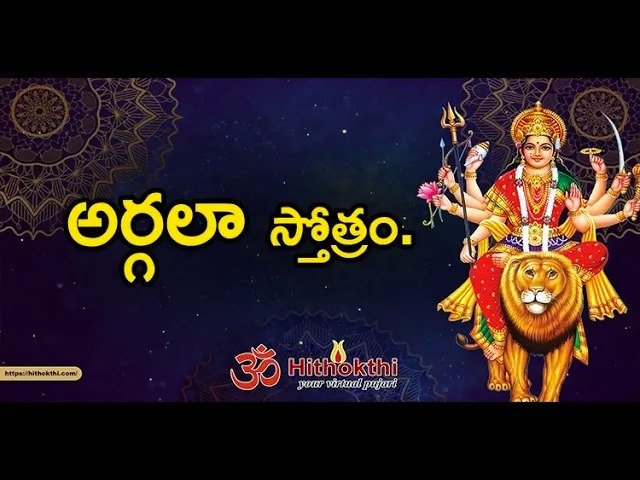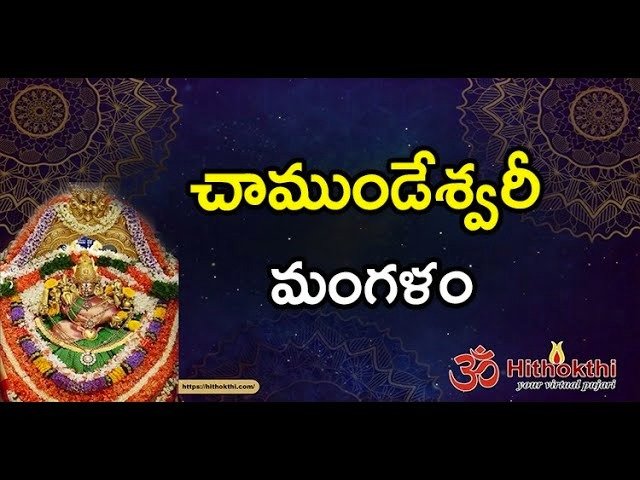Golden howdah a relatively recent addition to Dasara

MYSORE, June 30, 2013: The State government’s decision to reject the Elephant Task Force’s recommendations on reducing the weight of the golden howdah during the Mysore Dasara seems to be a case of misplaced sentiment.
T.B. Jayachandra, Minister for Law and Parliamentary Affairs, justified the decision on the grounds that carrying the 750-kg howdah was part of the festivities since the days of the Maharajas.
However, there are no records or official documents pointing to the use of howdah in the past. It is officially acknowledged that Mysore Dasara is a continuation of the Navaratri traditions of the Vijayanagara rulers (1336 AD to 1565 AD) and was documented by Portuguese travellers such as Domingo Paes and Fernando Nunez during their visit to the kingdom of ‘Bisanga’ (for Vijayanagara). It was continued by the Wadiyars, and Raja Wadiyar is credited with starting Dasara celebrations at Srirangapatna in 1610. However, according to available records, the golden howdah was not used then.
Incidentally, the oldest documentation of the Mysore Dasara is a giant mural on the walls of Sri Jayachamarajendra Art Gallery at Jaganmohan Palace which was out of bounds for the public for long. The painting had lost its sheen and it was only a few years ago that the Regional Conservation Laboratory, Mysore, an adjunct of the Lucknow-based National Conservation Laboratory, restored it to its original shape.
Narasimha, curator of the art gallery, told The Hindu that it was the earliest documentation of the Mysore Dasara and depicted the then Maharaja Mummadi Krishnaraja Wadiyar (1794-1868) participating in the Vijayadashami procession. “The painting covers the eastern, western, and northern walls of the massive hall and it is about 120-ft-long and covers 2,080 sq. ft. The painting alludes to the celebrations in the 1800s and was rendered much later when the Jaganmohan Palace was constructed in 1861. The king, as depicted in the painting, is seated in a chariot drawn by six elephants,” Mr. Narasimha said. The use of the golden howdah began during the reign of Chamaraja Wadiyar who ruled between 1868 and 1894, he added.
This clearly shows that the use of howdah during the Dasara procession was a tradition that evolved over the years and there is nothing sacrosanct about it. Earlier, the Maharajas would be seated in it and after the abolition of the monarchy and the Privy Purse, the State took over the celebrations. The Maharaja was supplanted by the idol of Goddess Chamundeshwari which is placed inside the golden howdah during the procession since the late 1960s.
Senior journalist Krishna Vattam, who has witnessed over 50 Dasara processions, told The Hindu that in the name of sentimentalism, the government should not inflict cruelty on the animal. “Let them use a modified and light-weight wooden howdah and the elephant can easily carry it. If tradition was the reason for persisting with the 750-kg howdah, then it should be remembered that there was large-scale animal sacrifice associated with Dasara and with the changing times they were banned,” he added.
Source: The Hindu, Dt: 30th June, 2013







